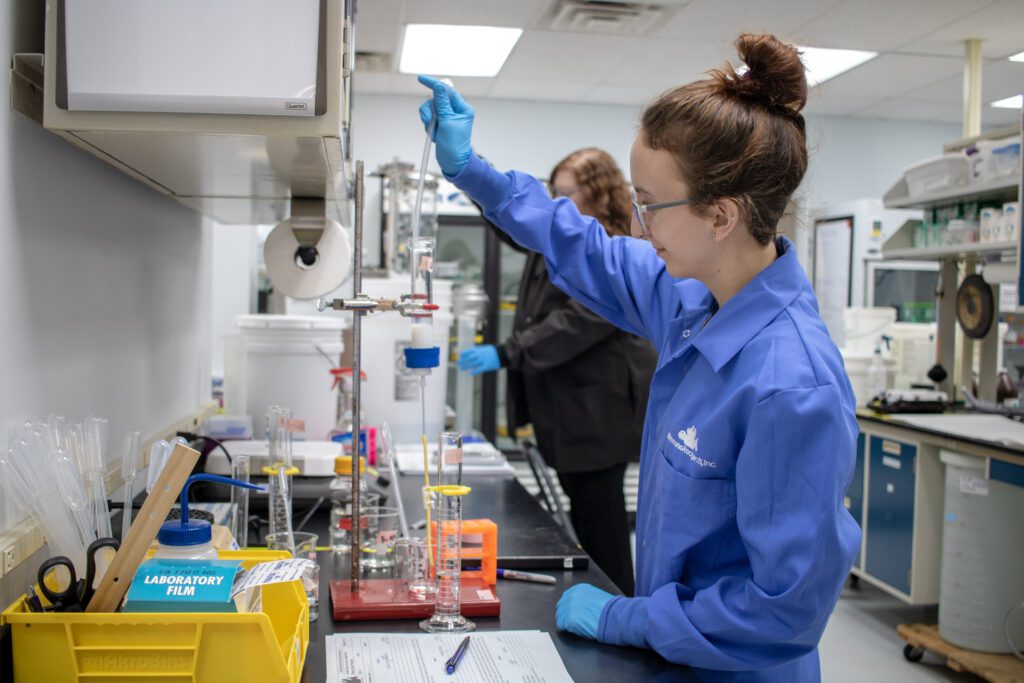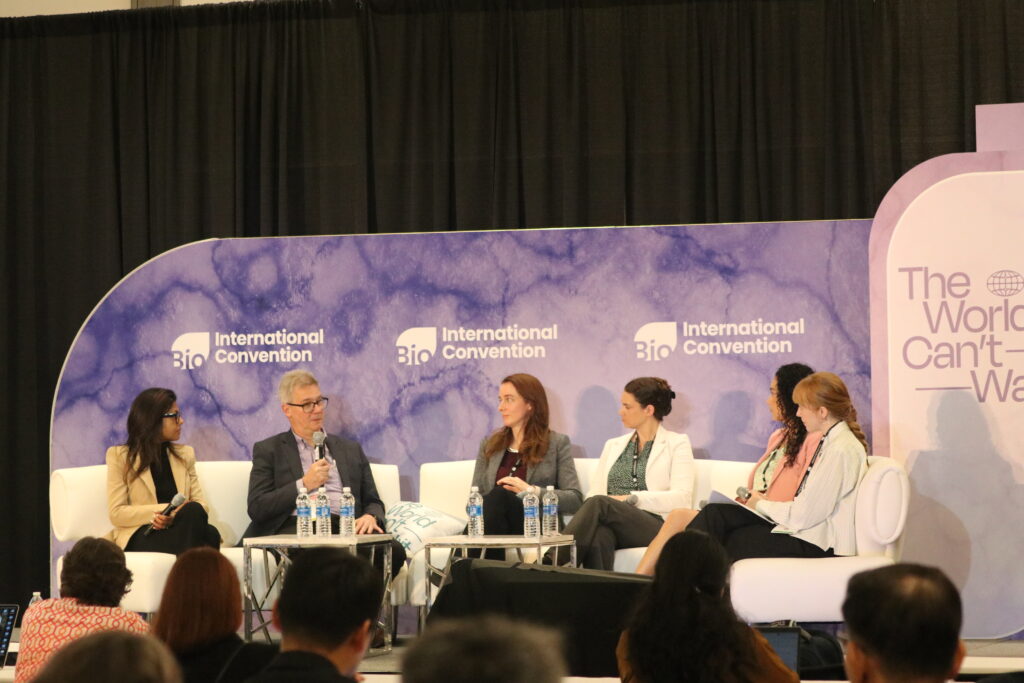As the United States has long been a life sciences leader, the health of the life sciences sector is a pretty good indicator of overall prosperity and innovation.
The Life Sciences Workforce Collaborative, in conjunction with Teconomy Partners LLC, created the seventh Life Sciences Workforce Trends Report. The report includes survey data and analysis from over 500 life sciences companies, interviews with over 200 industry executives, and 2.9 million job postings from 2021-2024 to identify and investigate trends.
Here are four key trends about the U.S. life sciences sector to know.
1. Hiring is down slightly.
“The U.S. life sciences industry is experiencing lower hiring volumes and a modest overall contraction,” says the report. However, the situation differs from company to company, with gains more in pharmaceuticals and bioscience-related distribution, and losses in medical devices, research, and agriculture.
This industry-wide contraction follows five years of notable yearly growth from 2017-2022, which started to level off in recent years. “In 2023, industry growth slowed significantly, with net job increases reaching just 1.2% after averaging 4.5% annual growth over the preceding five years,” the report notes. “In 2024, U.S. life sciences employers shed a modest number of jobs with industry employment down by 0.3% over the year.”
Wage increases are slowing, as well: “The share of companies reporting wage increases of 10% or greater has declined from 37% of firms in the 2023 survey to 16% in the 2025 survey. Where significant wage increases have occurred, inflation and competition for talent remain the most important factors driving those increases.”
What is driving this contraction? Industry leaders mentioned four points:
- Inflation,
- Global economic uncertainty,
- Fundraising and investment difficulties, and
- Higher job retention.
Workforce talent attraction and retention have evolved to fit the landscape. The industry is prioritizing:
- A narrower emphasis on “strategic” hires,
- Utilizing contractors and consultants more,
- Targeting cost reductions, for example, reducing automation of investments, and
- Investing more in existing employees’ development.
One notable feature of the slowed hiring, however, is that companies are reporting fewer challenges when it comes to hiring for skilled key roles.
2. AI is changing the game.
Not surprisingly, artificial intelligence (AI) is having a disruptive effect on life sciences in ways both positive and negative. As a result, employees and leadership are finding themselves needing to learn.
“Today, AI is beginning to decipher the patterns that govern the behavior of biological systems,” wrote the National Security Commission on Emerging Biotechnology (NSCEB) in April 2025. “Thanks to AI’s tremendous modeling power, in the future we will no longer need to know (or expend the human effort and time determining) exactly how a biological system works in order to harness it. Instead, we will be able to program cells as we program computers, accurately and precisely engineering biology in order to achieve desired results.”
AI automation in particular is dictating who will be the employees of tomorrow, their skills, and what jobs will transition to automation, as well as how companies are investing in employees. “To make AI and automation work, companies need the right infrastructure, skilled people, and internal systems to support them,” the report says.
But while many claim “machines are taking our jobs,” the report found a different reality: “AI and automation are reshaping the workforce by transforming and enhancing roles rather than simply replacing them,” the report explains. “Companies are also focused on rethinking job design and integrating advanced technologies across various business operations.”
3. Companies are prioritizing upskilling.
“Companies are placing a major emphasis on incumbent worker upskilling, reskilling, and other skills training and development in response to ongoing digital transformations and regulatory changes,” the report explains. This is not altogether surprising, as upskilling and constant learning are critically important in the life sciences. What is interesting is the variety of skills needed.
For example, AI literacy was found to be more important on the healthcare side of the life sciences industry, with both pharmaceuticals and research noting its importance.
“AI is well-suited for biology; once models can become as fluent in DNA and other biological molecules as they now are in human language, the results will be profound,” wrote the NSCEB. “Soon, decades of biotechnology breakthroughs will happen in mere years.”
Yet, data management and quality control skills are more important in medical devices and agriculture.
The spread of technology acumen emphasizes that automation and deep data analysis are not only here to stay, but are poised to continue changing the industry landscape for years to come.
It is not surprising that industry is engaging with prospective talent earlier and more in depth.
4. Early student engagement is up.
The life sciences industry has always prioritized early student engagement, but changes in the current landscape have seen companies significantly increase their level of involvement in STEM education and supporting early talent pipelines since the 2023 survey. Senior HR leaders “indicate much greater levels of involvement in student-focused STEM pipeline initiatives, particularly with respect to K-8 and high school students, including classroom engagement, mentorships, and other initiatives,” as well as increases in classroom engagement.
Classroom engagement, such as guest lectures and after-school programming, is also up since 2023, increasing “12% to 56% at the K-8 level and from 16% to 49% in U.S. high schools.”
Student mentorship is also on the rise, with 17% of companies offering mentorship opportunities to K–12 students (compared to 5% in previous years) and 22% for high schoolers (compared to 12%).
While companies may have been less engaged with early student talent during the COVID years, the recent rates of engagement are still significant.
These high rates of engagement hold for post-secondary students as well, though they are, not surprisingly, more often offered internships and co-op program opportunities, with some companies even offering apprenticeships.
“Nearly eight in ten companies reported hiring interns from four-year colleges and universities,” writes the report, “and nearly two in three companies report hiring interns from community colleges in the latest industry hiring survey.”
The investment in young talent by life sciences industries bodes well for keeping pace with the increasingly rapid pace of technology and development.




